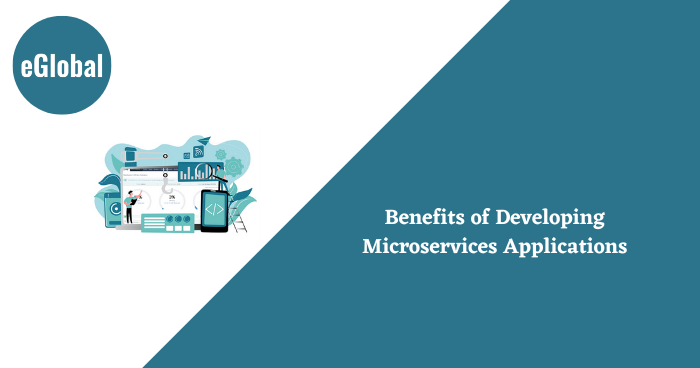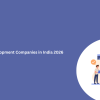

One of the emerging new phenomena in the field of software development is microservices applications. Microservices are an architectural and organisational approach to software development where software is composed of independent components running each process as a service. These components communicate through a lightweight interface using well-defined APIs. Each service performs a single function only.
PayPal, Walmart and Spotify are just some of the prominent organisations whose online architecture revolves around microservices. To learn more about the benefits of this form of software development, keep reading!
Breaking down a monolithic application into small, autonomous components makes it much easier to add, remove, or update parts of the application, without disrupting the whole. This greatly increases scalability. A properly calibrated container orchestration tool can automatically scale individual microservices by allotting resources or generating new instances of the service as and when required. This saves a lot of money in terms of cloud server resources.
Microservices have a built-in “bulkhead effect.” Failure of a single component will not adversely affect the entire application, because all the individual components are autonomous. This greatly increases product resiliency and uptime. However, large, distributed microservice architectures will have many dependencies. This makes them prone to dependency-related cascading failures.
Even so, developers can utilise the innate benefits of microservices architecture to prevent cascading failures by incorporating features like circuit breakers. A circuit breaker will prevent the depletion of server resources if a calling service has to remain on hold as a result of a failed service that does not respond.
You can also build resilient microservices by using open-source tools like Hystrix. Netflix, in their own words, used Hystrix to “stop cascading failure and enable resilience in complex distributed systems where failure is inevitable.”
When developing a microservices application, the individual components can be written in different programming languages. You can also connect services operating on any platform. This affords developers a great deal of flexibility in using the languages and platforms that best match with their requirements and the abilities of their team. Individual components can be written in the language best suited to their specialised needs, without any compatibility issues or without affecting the operations of other components.
Lastly, if you’re using a cloud-based microservices application, you can access the application from any device with an internet connection. This can be done from a device running Windows, MacOS, Android, iOS or any other operating system.
Microservices allow you to compartmentalise and protect vulnerable data within each service. Vulnerabilities arise when data is being communicated between components. Using secure APIs to connect your microservices can go a long way in this regard. A secure API will protect your data by ensuring that its accessible only to those users, applications and servers who have specific authorisation.
If you are dealing with information that is related to health or finances i.e. data which has legally binding compliance standards associated with it, microservices help in ensuring compliance. A secure API allows developers to control what data is available to the larger application and its users.
Microservice applications can be easily and rapidly developed and updated. You can rapidly build or modify an individual microservice and then plug it into the larger application without risk of service outages or other failures. Since individual components can be written in different languages, coding conflicts are not an issue. Faster moving teams don’t have to wait for slower teams to complete their work; they can activate their component of the application and move on to other projects, while the slower teams can plug in their deliverables as and when they are done with them.
Microservices are very much compatible with the CI/CD/CD philosophy i.e. Continuous Integration, Continuous Delivery, Continuous Deployment. You can deploy the core functionality of your product as a proof-of-concept, and keep adding features over time. You can also easily respond to new developments in technology.
Since rollback of features is very easily done with microservice applications, developers have room to experiment. You can easily deploy experimental features to the live product. If they don’t work out, they can be easily rolled back without affecting the functionality of the product as a whole. Enterprises also have the flexibility to respond to new developments in technology, new trends in business, or simply feedback from users.
Microservices are also very much in tune with the DevOps philosophy. Since enterprises can rapidly incorporate user feedback, there is increased and harmonious cooperation between users and developers.
Agility, scalability and increased resilience are just some of the benefits of microservice applications. Microservices are assuredly the way of the future in software development – the microservices market is presently valued at over $2 billion dollars, and is projected to quadruple that figure by 2026.
Any investment in microservices now will certainly result in hefty benefits in the future. After all, there’s a reason that organizations like Netflix and Spotify swear by this design philosophy! We hope you found this guide on the benefits of developing microservices applications useful!
Hope this Article is Informative & beneficial for our readers! hire app developers India from leading custom app development company in India.

Oct 14, 2025

Oct 8, 2025

Oct 6, 2025

© 2017 All rights reserved.